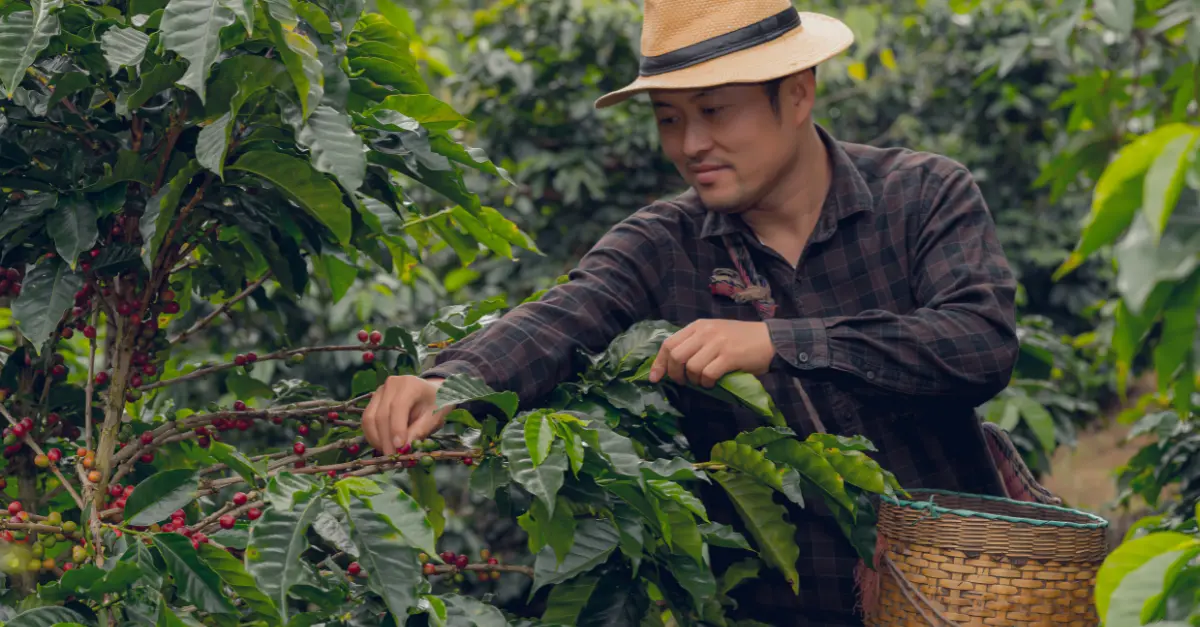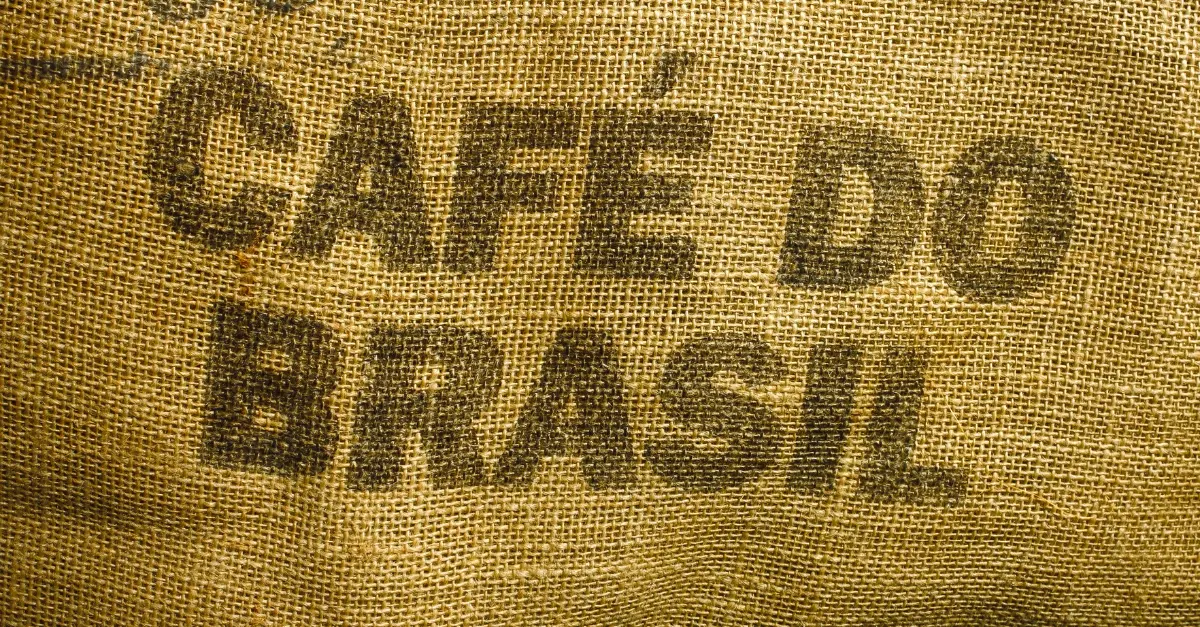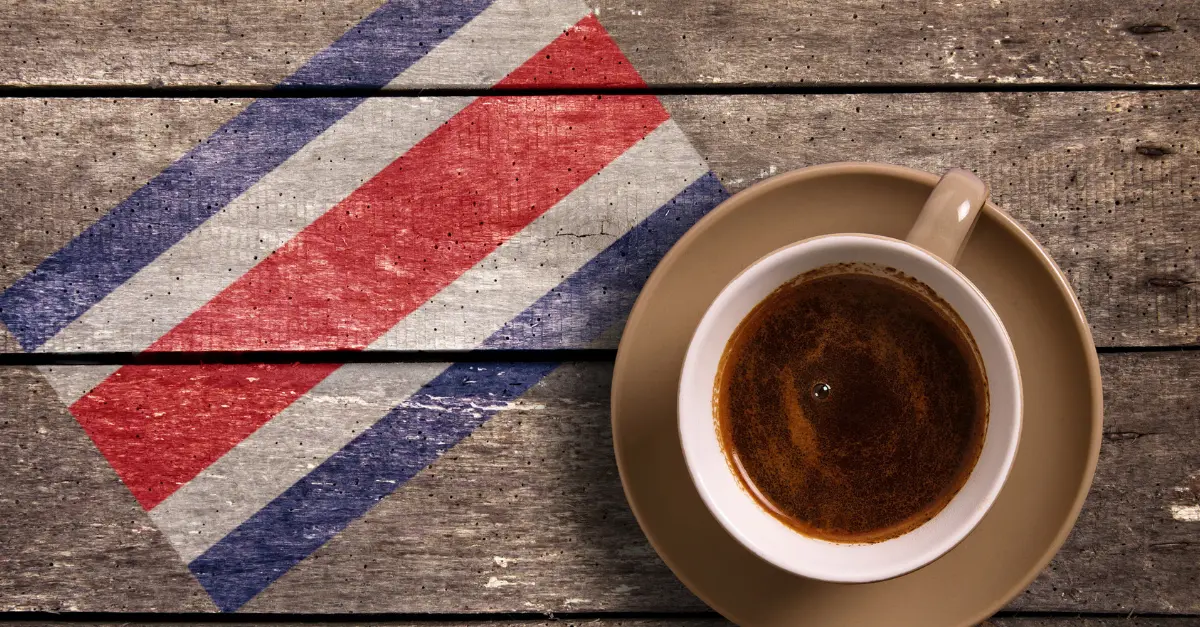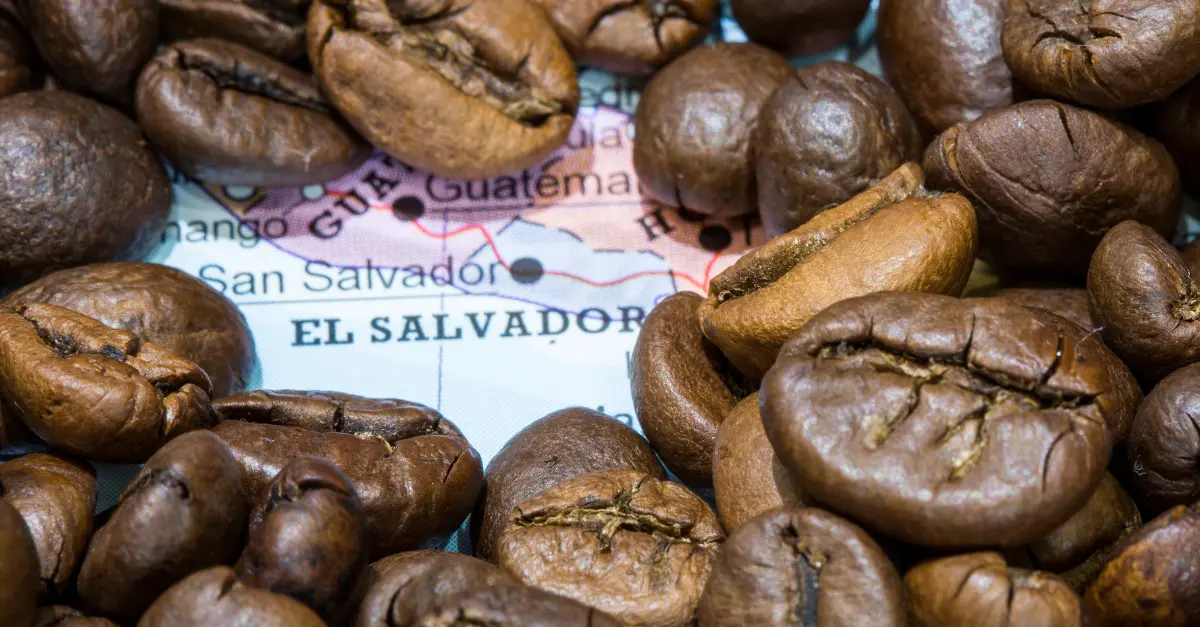Many countries boast their coffee exports, but we’re going to explain why you should remember Panama coffee. The country of Panama, located at the bottom of Central America, features a rich tropical landscape with a rich history and modern culture built by its indigenous people, European colonization, and American influence.
How we Choose the Best Panama Coffee Beans
When it comes to selecting the finest Panamanian coffee beans, there's an art and science that goes beyond mere taste. First and foremost, the elevation at which the coffee is grown plays a crucial role; beans cultivated at higher altitudes, like those from the renowned regions of Boquete and Volcán, are often richer in flavor and aroma. The method of processing is another key factor. While traditional sun-dried methods have their own rustic charm, modern innovations like honey processing and anaerobic fermentation bring out unique, complex flavors that are a hit among coffee connoisseurs. We also pay close attention to the varietals; Geisha and Typica beans, for instance, are highly sought after for their exceptional quality. Lastly, but certainly not least, we ensure that our beans come from farms that practice sustainable agriculture, because great coffee shouldn't come at the expense of our planet. So when you buy Panamanian coffee beans from us, you're not just getting a cup of coffee; you're experiencing the pinnacle of what this beautiful country has to offer in every sip.
- Elevation Matters: Beans from higher altitudes like Boquete and Volcán offer richer flavors.
- Processing Techniques: Traditional and modern methods each contribute unique flavors.
- Varietals: Geisha and Typica beans are highly prized for their quality.
- Sustainability: Choose beans from farms that practice sustainable agriculture.
Featured Products
Volcanica - Geisha Coffee Costa Rica
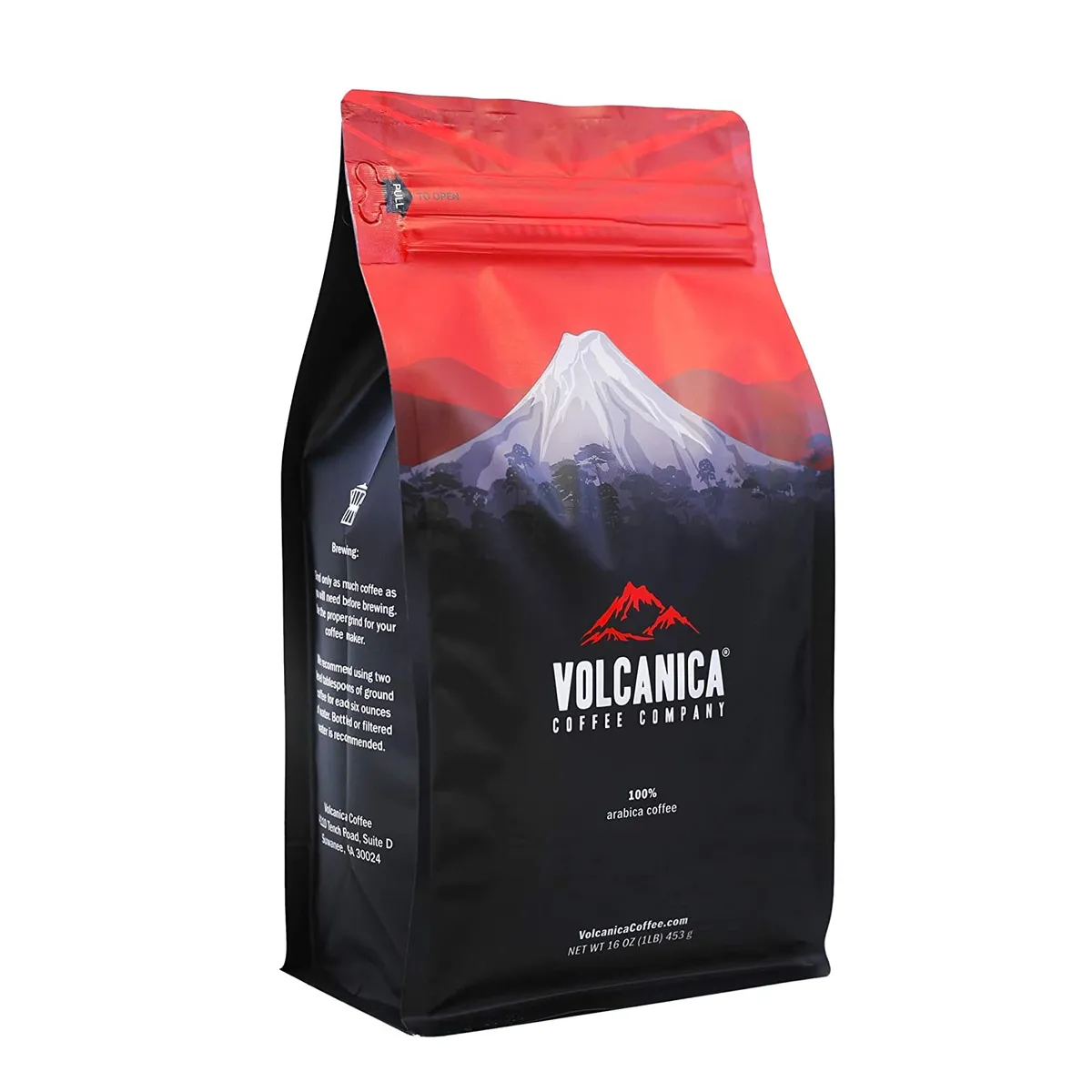
Geisha Coffee from Costa Rica, fresh roasted, low caffeine content. 100% Customer Satisfaction Guaranteed.
Key Features:
- 100% Pure Geisha Coffee from Costa Rica
- Rich chocolate notes
- Medium roasted whole beans
- 30% less caffeine than other coffees
Pros:
- Highly prized varietal
- Gentle acidity
- Medium body
- Silky mouthfeel
- Long, lingering finish
- Fresh roasted
- Immediately packed and sealed to assure freshness
- 100% Customer Satisfaction Guaranteed.
Nostalgia Coffee - Colombia Geisha Allium
.webp)
From apples & berries to hazelnut: discover the full palette
Pros:
- Balanced and vibrant
- Unique processing method
- Lively acidity
- Butter-like mouthfeel
- Floral hints and fruity pops
Hayman Coffee - Panama Geisha Coffee Beans
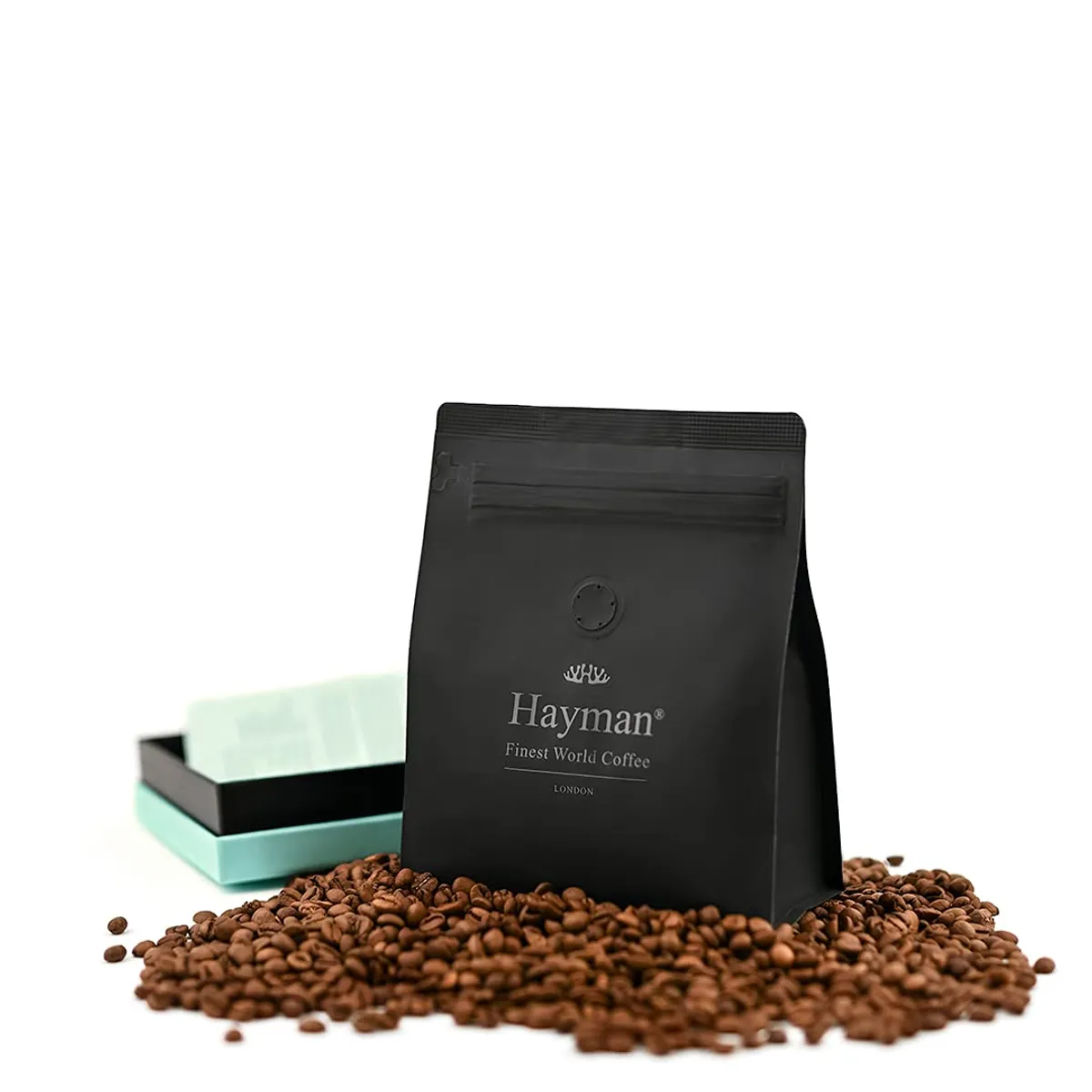
100% pure Panama Geisha coffee beans, medium roasted w/ jasmine aroma, mango & mandarin flavor notes
Key Features:
- 7 Ounces/200 grams (Pack of 1)
- Arabica Coffee
- Medium Roast
Pros:
- Pure Panama Geisha Coffee
- Gourmet Coffee Whole Bean
- Fresh Roasted Coffee
- Perfect Gift For Coffee Lovers
- Commitment to Environment and Community
Panama Coffee Boquete Region Whole Bean
Panama Coffee from Boquete region is a freshly roasted whole bean coffee packed directly into a 16-ounce bag for the freshest taste.
Pros:
- Freshly roasted for optimal flavor
- Packaged as whole beans for freshness
- Unique, full-bodied flavor profile
- Directly sourced from Boquete region of Panama
Fresh Roasted Coffee Panama Boquete
Medium roast Panama Boquete coffee for a flavorful experience. Kosher and whole bean providing fresh coffee at home.
Pros:
- Delicious medium roast
- Kosher certified
- Retains freshness with whole bean option
- Offers a flavorful experience
- Perfect for any time of use
Panama Boquete Medium/Dark Roast Coffee Beans
Medium-Dark Roast Panama Boquete coffee beans offering deep flavors and a clean finish.
Pros:
- Rich, deep flavors
- Clean finish
- Packaged for freshness
- Ideal for coffee aficionados
- From renowned Good As Gold Coffee Roasters
Panama Auromar Washed Geisha Whole Bean Coffee
Premium Panama Auromar Washed Geisha Whole Bean Coffee offers a delicate sweetness and complex flavors with a gentle acidity, resulting in a rich, refined taste.
Pros:
- Delicate sweet and rich flavor
- Notes of honey, grapefruit zest, and roasted cacao nib
- Gently bright acidity for balance
- Lightly syrupy mouthfeel
- Resonantly flavor-saturated finish
Panama Bouquet Fresh Roasted Coffee
2-pound Panama Bouquet is fresh roasted coffee which offers a unique, premium grade coffee experience. Comes with state-of-the-art roast for best taste.
Pros:
- Offers a unique, fresh taste unlike supermarket coffee
- Beans are roasted on a state-of-the-art roaster
- Beans are handpicked to best showcase their flavors
- Freshly roasted on the day the order is placed
- Allows customization in roasting level by customer request
Panama Geisha Coffee
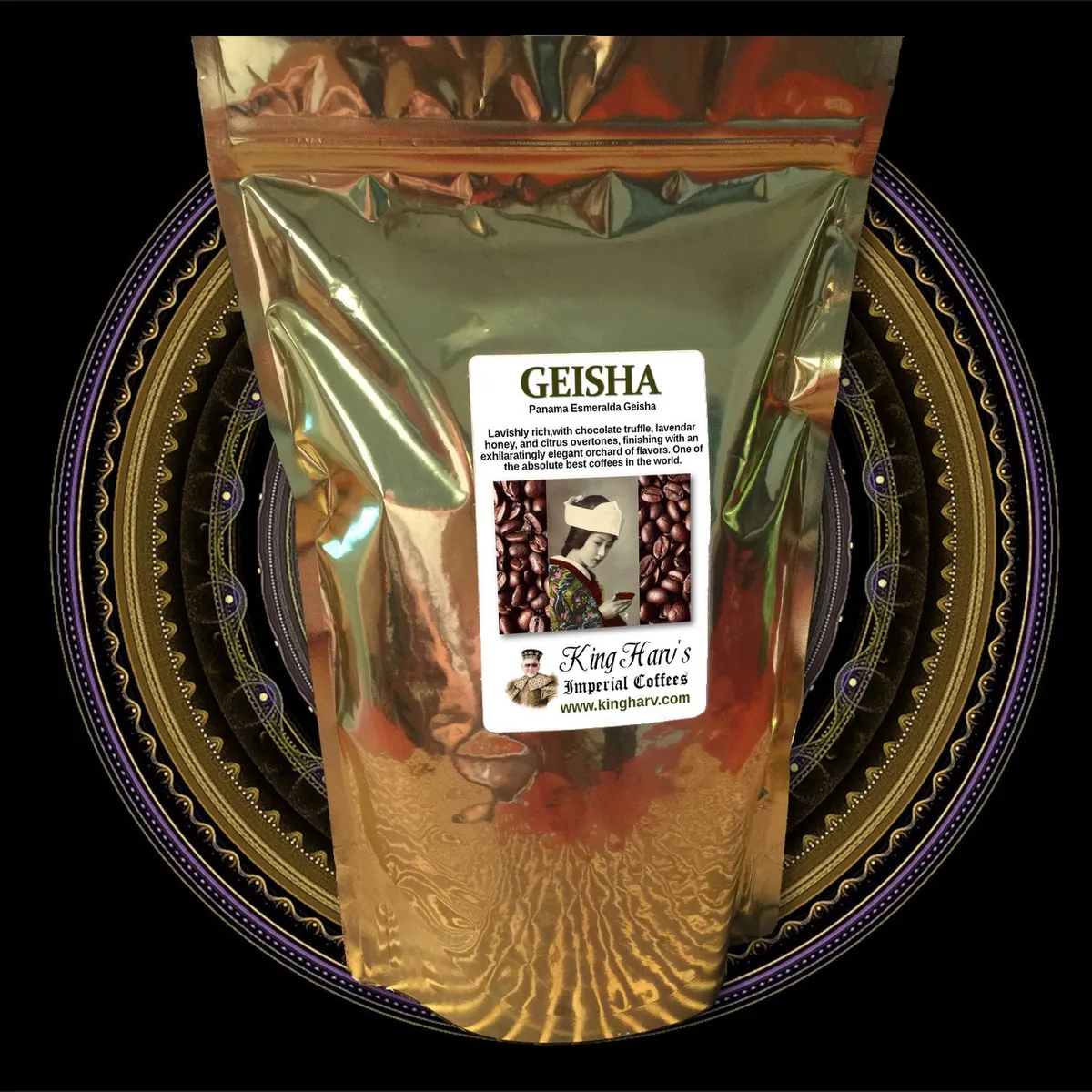
Exceptionally rare Panama Geisha Coffee with rich flavors.
Key Features:
- Chocolate truffle, lavender honey, and citrus overtones
- Elegant blend of flavors
- Available in whole bean or various grind options
- Shipped free
- Packaged in a 1 pound resealable bag
Pros:
- Lavishly rich flavor profile
- Beautiful packaging
- Freshness valve on the packet
Panama Geisha Ultra Elite 6 Pack
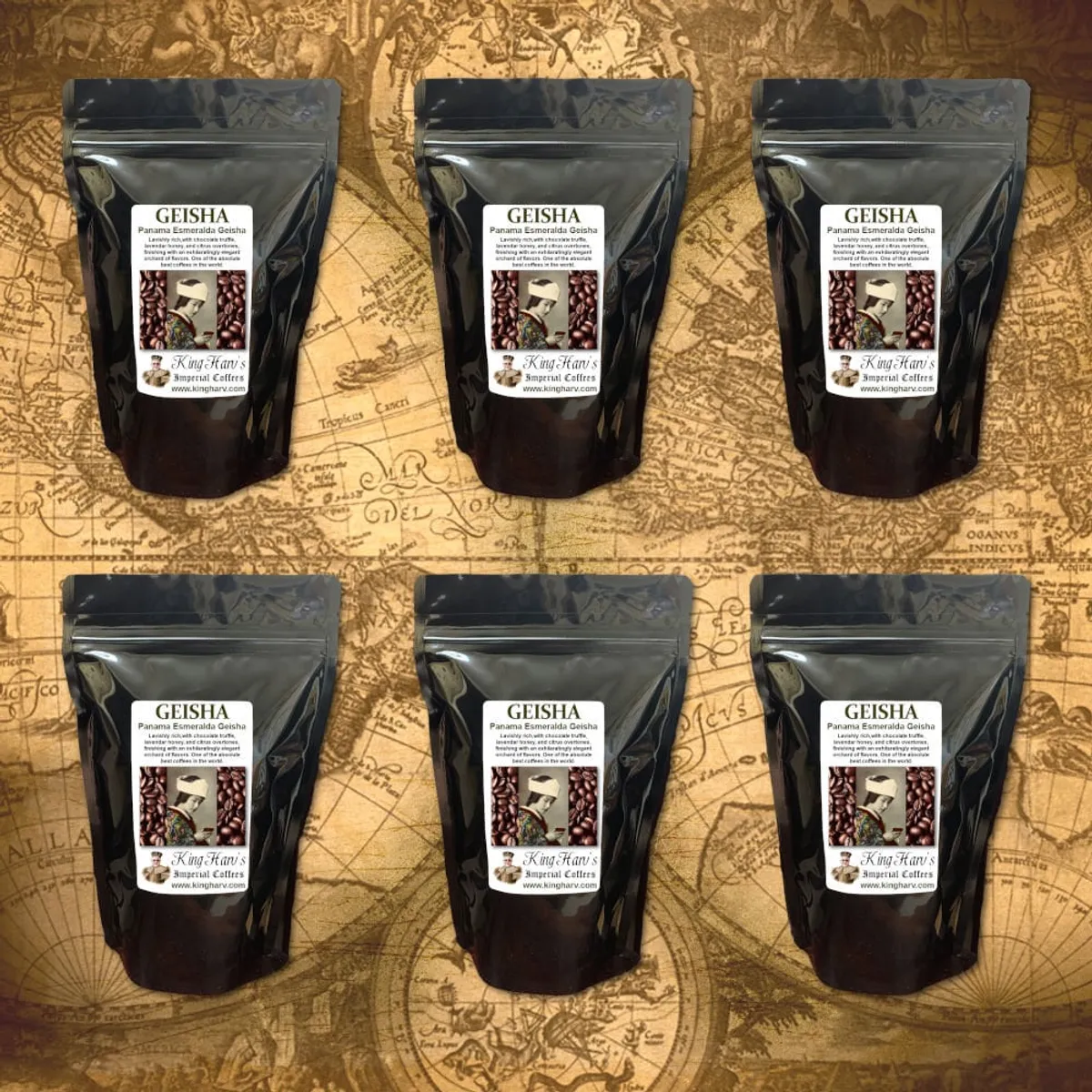
Elite, rare Panama Geisha coffee collection featuring six half-pound bags.
Key Features:
- Includes six half-pound bags of coffee
- Beans originate from Panama
- Has undertones of chocolate truffle, lavender honey, and citrus
- Beautiful resealable packaging with freshness valve
- One of the most elite coffees in the world
Pros:
- Features some of the world's finest coffees
- Offers wide range of elegant flavors
- Exceptionally rare and hard to find
- Packaged in beautiful, resealable bags with freshness valve
Coffee-Growing Regions in Panama
Compared to larger countries in North and South America, Panama may look small on a map. Panama is slightly larger than Ireland — sitting at 29,100 square miles. But the country’s rich history includes its eventual victory in its fight for Independence, the American-bankrolled Panama Canal, and its proximity to other coffee-growing powerhouses. Its two major regions of coffee growth exist in one province: Chiriqui. If you’re considering traveling to Panama to taste the Panamanian gold, know that this is where you’ll have to go.
Coffee Production in Boquete and Volcán, Panama
| Region | Key Features | Varietals | Famous Coffee Farms |
|---|---|---|---|
| Boquete |
|
|
|
| Volcán |
|
|
|
Boquete
Boquete has become one of the most prolific coffee-producing areas in Panama due to its Volcanic climate and geography. Located 37 miles from the political border with Costa Rica, the region rests between 1,000 and 2,800 meters (3,000 to 9,2000 feet) elevation and a population of around 20,000. The cooler temperatures at this elevation mixed with the moisture from the Pacific and the volcanic soil make it an incredible location for growing coffee. First brought by Spanish colonizers who established the first coffee plantations and agricultural farms, the crop flourished in the area. The coffee has outlived the various political affiliations the country has had over the years.
Varietals
- Geisha
- Typica
- Caturra
- Catuai
Famous Coffee Farms
Visitors can find famous coffee farms near plenty of mountain towns and rural areas, including Palmira, Volcancito, Horqueta, and the classic Jaramillo. Here’s what we recommend:
- Finca La Valentina
- Lamastus Family Estates
- Don Pepe Estate Coffee
- Hacienda La Esmeralda
- Jamarillo Special
Volcán
Nearby Boquete, you’ll find the region of Volcán Baru with its towering volcanoes and fertile highland landscape. Constantly growing through tectonic activity as recent as 2006, the highest point in the country is in Volcán, sitting at 3,474 meters (11,398 feet). With the native jungles still intact, the rich biodiversity can only add to the moist, cool air and volcanic soil’s ability to produce incredible coffee beans. It’s no wonder tourist websites list coffee tours as one of the best things to do when visiting Volcán.
Varietals
- Pacamara
- Mocca
- Bourbon
Famous Coffee Farms
There are a few different coffee farms that stand out in this region.
- Mil Cumbres Coffee Farm
- Janson Coffee Farm
- Finca Deborah
- Many lesser-known coffee farms also produce worthy coffee, so do some digging before booking a trip to a farm.
Don’t skip Panama City!
But if you’re traveling to see and taste the best coffee Panama has to offer, there’s one more region you need to hit. Panama City has a taste for coffee that may be unrivaled. If their mountainous highlands can create the most expensive raw beans in the world, you must ask yourself what their roasters can create. With the route to international luxuries traveling through the Panama Canal, you can bet the country’s capital benefits from some sweet deals on coffee. Journey to their local cafes to try a cup.
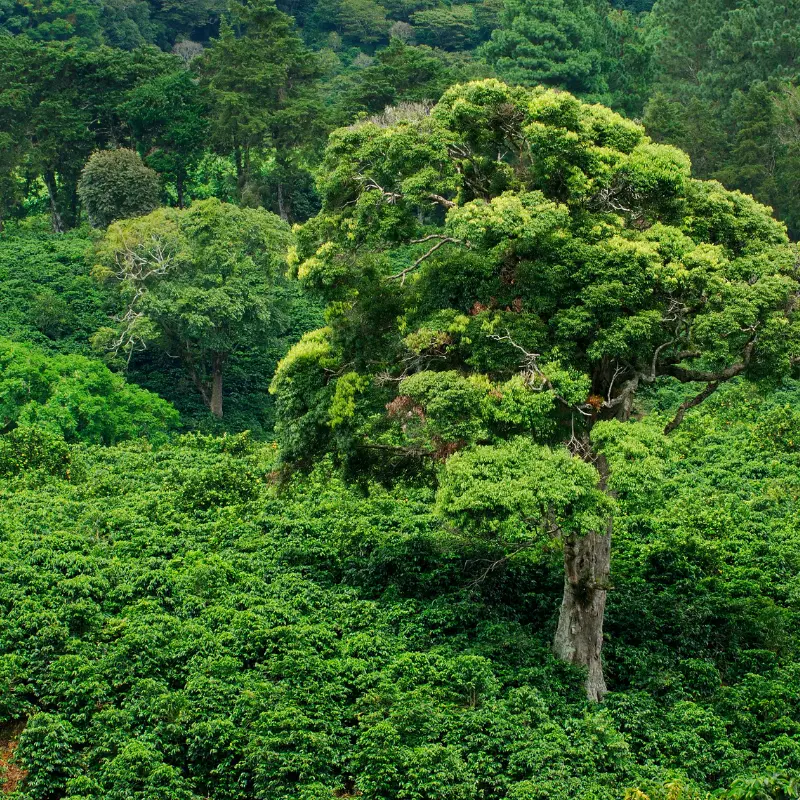
The Geisha Variety
History and origin of Panama Geisha Coffee
The Gieisha has a long history that originally traces back to Ethiopia. But upon importing the bean from Africa, the Panamanian people — with their deep indigenous roots in coffee farming — were able to perfect and capitalize on this bean’s flavors. In the Boquete region, the Elida Estate harnessed the growing power of the volcanic soil, ideal climate, and high-altitude conditions when farming the Geisha.
Flavor profile and cupping notes
The Geisha is known around the world for its shocking taste on the tongue. The floral flavors that include hints of jasmine and lavender add a beautiful freshness to the coffee’s taste. However, the floral aromatics lead the zesty lemon and citrus undertones. And one of the most surprising features is how pronounced the flavors of honey, tropical fruits, or even subtle caramel notes that can be found in your brew.
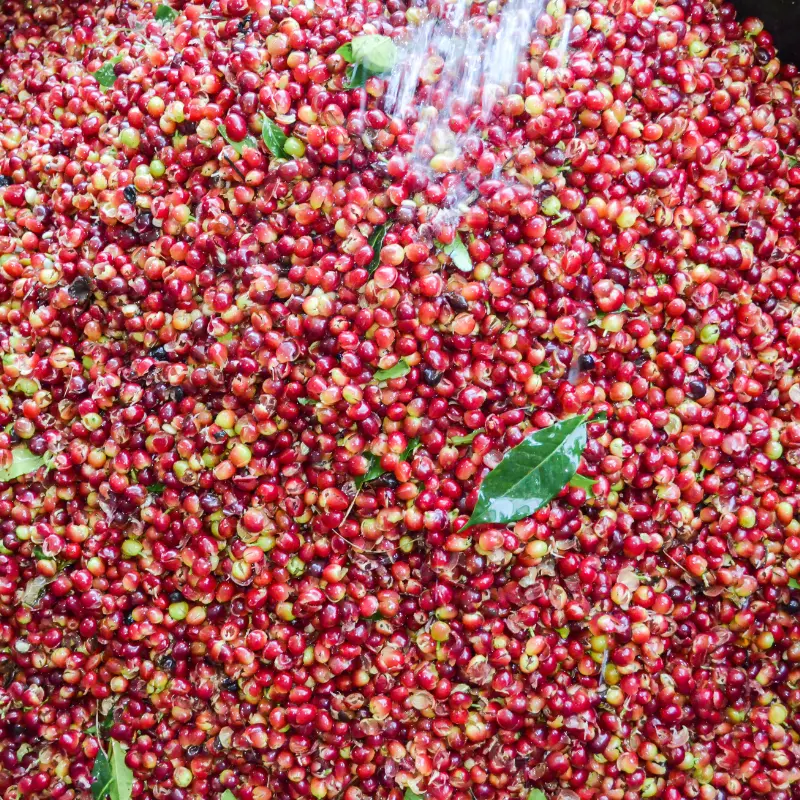
Traditional and Modern Processing Methods
Traditional Methods
Processing coffee beans starts when the beans still live inside the coffee cherry. In Panama, coffee farmers spread out the hand-picked cherries on large tables to utilize the sun-dried method. Some farms use raised brick or raised tables where the cherries are turned regularly to dry and avoid molding. Once dry, the fruity pulp is mechanically removed so the green coffee beans rest and wait for export. This method is seen as more traditional and requires less machinery.
Modern Innovations
More processing innovations have begun to crop up. Honey or natural processed coffee is growing in popularity around Central America, including nearby Costa Rica and El Salvador. In this honey natural process method, the growers de-pulp the cherries with a slight film of fruit left on the bean. The bean is then directly dried on a drying table (as opposed to being washed in a tank.) This allows less risk for over-fermentation, but the fermented and dried fruit leaves behind a sugary film around the coffee bean that’s comparable to honey. The latest technique in the coffee industry has gained popularity among connoisseurs and those participating in coffee competitions. Anaerobic fermentation is similar to the washed method, but the fermentation process is done in fully sealed and oxygen-deprived tanks. It’s experimental, but anaerobic coffees have incredible, surprising flavors.
| Method | Key Steps | Advantages | Disadvantages | Popularity |
|---|---|---|---|---|
| Traditional Methods |
|
|
| Traditional, especially in Panama |
| Modern Innovations |
|
|
| Growing in popularity, especially among connoisseurs and in coffee competitions |
Economic and Environmental Impact
Economic Importance
Like most countries, their economies and environments work hand-in-hand. For example, the Panama Canal took away a large selection of the lowland Panama in favor of commerce contributing hugely to the country’s 63 Billion USD GDP. Alternatively, the country also has one of the highest percentages of forest cover in the world, covering 68 percent of the country’s total area. Those areas often coincide with indigenous territories, which maintain the strongest protections for their forests across Panama and thereby prevent deforestation. And as we mentioned above, the indigenous regions of Panama are where the country’s best coffee is grown.
Sustainable Practices
The indigenous growers built their coffee-growing practices through trial and error throughout generations. This growth isn’t built upon supplements or specific fertilizers, but rather creating coffee in a healthy ecosystem that requires a close connection to the land and yield. The coffee trees grow above lush grasses and fertile volcanic soil and beneath tall, unpruned avocado and banana trees. These tall banana and avocado trees provide shade and canopy coverage that allows birds, scientifically understood as key to healthy ecosystems, the ability to perch, nest, and feed. While the tall trees provide erosion control with their deep and sprawling roots, the birds handle the pest control and improve pollination. These organic, shady growth practices mean that water goes further through increased retention and every nutrient naturally in the soil is put to its best use.
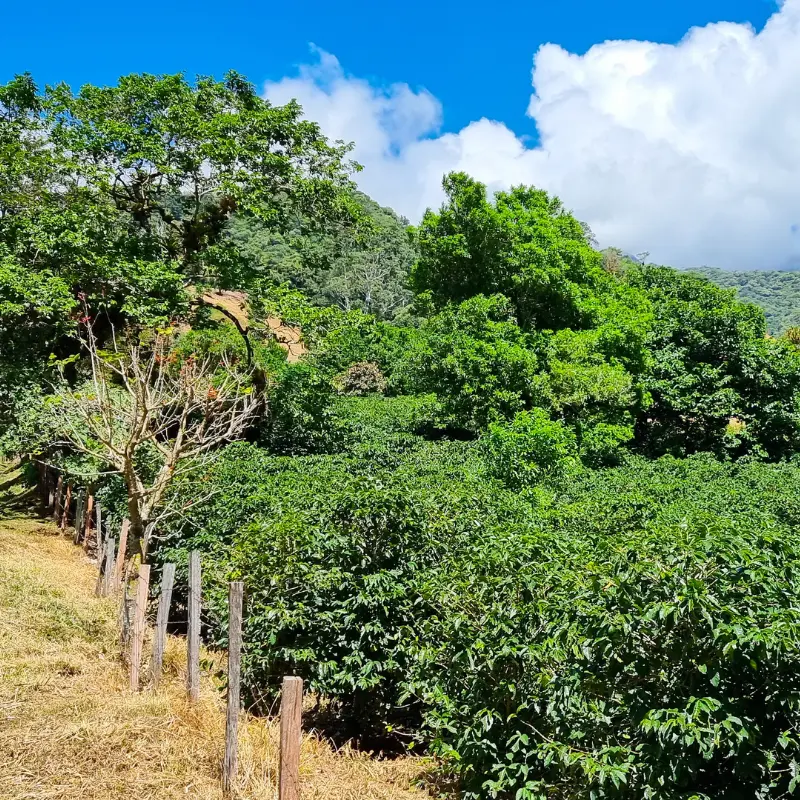
Coffee Culture in Panama
Coffee has long been something enjoyed in the homes or workhouses of the indigenous people. However, as the country’s economy began to boom and word got out about the incredible tourist potential, coffee shops sprung up. Now it’s hard to go to a mall or city without seeing advertisements for coffee shops pulling their specialty coffee or coffee farm tours to show you how it’s made. In the Boquet region there’s another homage to the dark brew, the Feria de Boquete. Otherwise known as the Boquete Flowers and Coffee Festival, this Panama festival fills the streets of this small town with food, decorative flowers, and an influx of celebrants. With the backdrop of countless coffee farms and gargantuan mountains, this festival certainly isn’t one to miss if you’re traveling to Boquet in January. With a small $2 entry fee there’s no excuse.
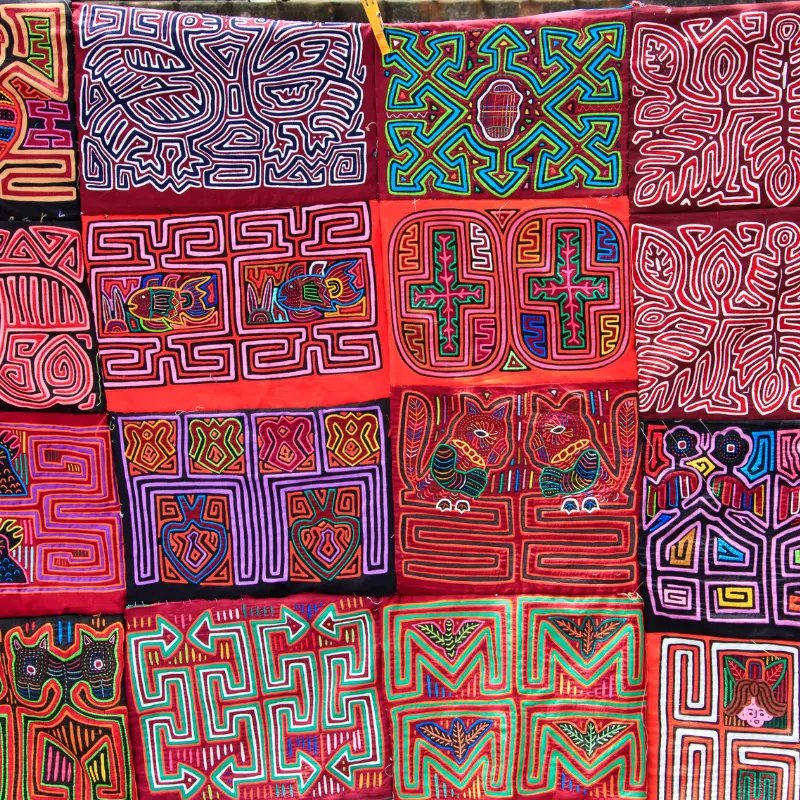
Brewing and Tasting Panama Coffee
When brewing any type of coffee, paying attention to the details is the best advice we can give. And with Panamanian Geisha or other coffee varietals, that advice holds. Geisha is some of the most expensive coffee in the world, so it’s best not to waste any. Pay close attention to your grind, allow your boiled water to reduce in temperature slightly, and use filtered water. And if we can add one last tip: taste it clean before you doctor it up. This coffee is prized for its taste without milk, cream, or sugar. For a truly complex flavor, fish out your pour-over or French press to highlight all the notes, background flavors, and additional nuance.
Tasting notes: And for this tenderly grown coffee, you’ll want nuance. The mineral-rich soil of Boquet or Volcan regions of Panama creates a robust bean that has a mouth-watering blend of floral, citrus, and even fruit flavors. Some farms grow flavors that feature peach tastes whereas others hold notes of apple, pear, and even black tea.
Conclusion
With an already incredible coffee culture and an understanding of coffee-growing practices, Panama has no limit to what it can achieve. Adding to their sustainable growing practices, the many different coffee processing methods allow for a wide variety of flavors. But if you’re considering tasting the Geisha varietal, complex and a variety of flavors won’t be an issue. And if you’re considering traveling to the city to taste Panamanian coffee, then be sure to check out their coffee tours in Volcan and Boquete and the wide variety of coffee shops in Panama City.
